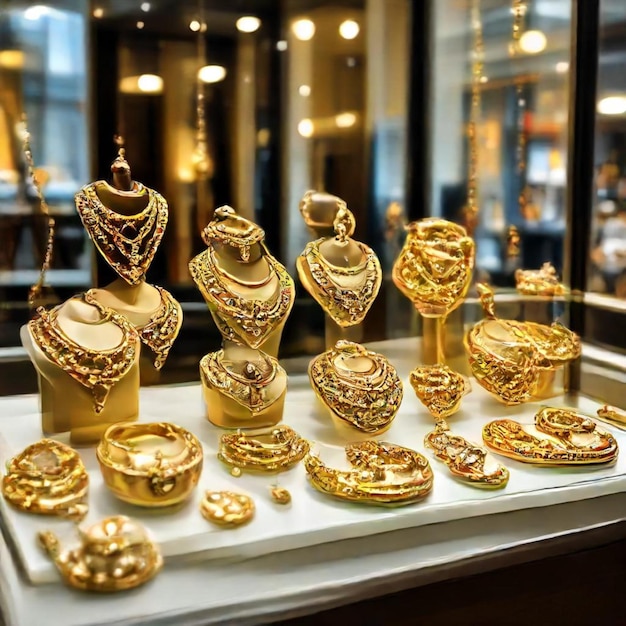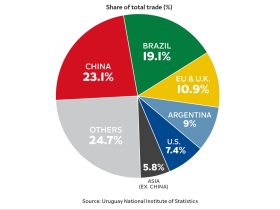
Jewelery companies in Gambia
The jewelry industry in Gambia, though small compared to more established markets, is a vibrant part of the country’s cultural and economic landscape. Gambian jewelry artisans blend traditional African craftsmanship with influences from other regions to produce distinctive, handcrafted pieces that reflect the country’s rich cultural heritage. Gambia has a growing demand for jewelry, driven both by local consumers and tourists looking for unique items to take home. The market is primarily composed of small, independent jewelers and a few larger retailers offering a mix of traditional and contemporary designs.
1. Traditional Jewelry Craftsmanship
In Gambia, traditional jewelry has deep roots in the cultural practices of the local ethnic groups, such as the Mandinka, Wolof, and Fula. These groups create jewelry pieces that are often symbolic, embodying values, spiritual beliefs, and identity. Gold, silver, and locally sourced materials like cowrie shells, wood, and beads are commonly used. Artisans employ time-honored techniques passed down through generations, like casting and hammering, to create intricate patterns and designs that reflect their heritage. Many traditional jewelry items are worn during important cultural events and ceremonies, such as weddings, naming ceremonies, and festivals.
2. Independent Artisans and Small-Scale Producers
In Gambia, much of the jewelry industry comprises small-scale artisans and independent jewelry makers who operate out of local workshops. These artisans sell their products in markets, on the street, or in small retail spaces. Markets like the Albert Market in Banjul or the bustling Serrekunda Market offer a rich selection of handcrafted jewelry items, including rings, necklaces, bracelets, and earrings made from both precious and semi-precious materials. Independent artisans often produce pieces on-demand, allowing customers to personalize jewelry according to their tastes, which appeals to both locals and tourists.
3. Unique Materials and Techniques
One of the defining characteristics of Gambian jewelry is the use of unique materials and techniques that give the pieces a distinct look. Recycled glass, bronze, leather, and even animal bones are sometimes incorporated into jewelry designs, reflecting the resourcefulness of local artisans. Traditional motifs, such as Adinkra symbols and geometric patterns, are also common in Gambian jewelry, embodying cultural stories and symbolisms. Some artisans specialize in metalwork, while others are skilled in beadwork, creating bold and colorful pieces that are popular among younger buyers and tourists alike.
4. Impact of Tourism on the Jewelry Market
Tourism plays a crucial role in the Gambian jewelry industry, as tourists are often eager to buy souvenirs that reflect local culture. Jewelry has become one of the more popular items for tourists, driving demand for locally made, authentic pieces. To cater to this demand, some artisans collaborate with tourism-focused businesses, selling jewelry items in hotels, resorts, and airport shops. These partnerships help Gambian jewelers reach a broader audience and boost their sales. However, because the tourist season is limited, artisans face challenges during the off-peak months and often rely on local patronage to sustain their businesses.
5. Sustainable and Ethical Jewelry Practices
An emerging trend in Gambia’s jewelry industry is an increased focus on sustainability. Many artisans are now using recycled materials and adopting eco-friendly practices. The use of recycled metals, sustainable wood, and upcycled beads has become more common. Some jewelry makers are also dedicated to ethical sourcing, ensuring that materials are acquired without harming the environment or exploiting workers. This commitment to sustainability is beginning to attract ethically conscious tourists and local customers who are increasingly interested in purchasing sustainable products.
6. Challenges and Opportunities
While the jewelry industry in Gambia shows promise, it faces several challenges, including limited access to high-quality materials, financial constraints, and minimal exposure to international markets. Most artisans operate independently and lack the resources to scale up their operations or invest in more advanced tools and equipment. Training programs that could help artisans improve their skills or learn new techniques are also limited.
However, there are significant opportunities for growth. Government support or partnerships with international organizations could provide resources and training for Gambian jewelry artisans, helping them expand their market reach. With the rising popularity of African-inspired jewelry globally, Gambian artisans have the potential to reach an international customer base. Social media platforms also offer artisans a cost-effective way to showcase their products and reach a global audience.
Conclusion
The jewelry industry in Gambia is a unique blend of traditional craftsmanship and innovative design, with artisans creating pieces that are both culturally meaningful and aesthetically pleasing. Despite its challenges, the industry has great potential for growth, especially with increased support and access to broader markets. As Gambia’s jewelry artisans continue to embrace sustainable practices and appeal to the tourism market, the industry could become a more significant part of the country’s economy and cultural expression.



Leave a Reply